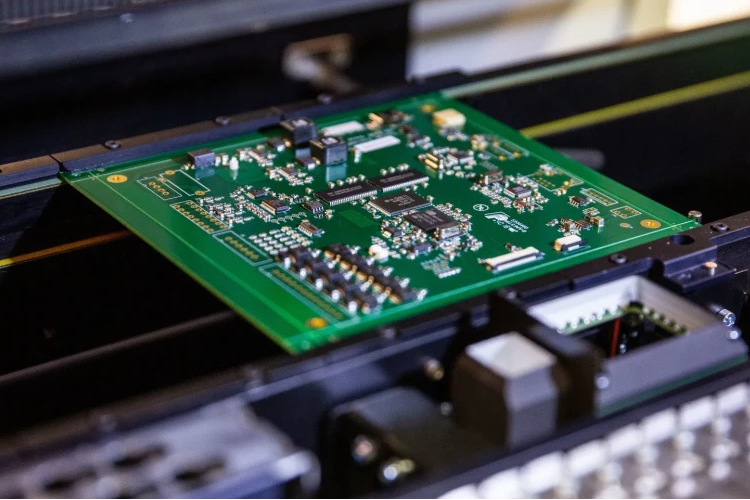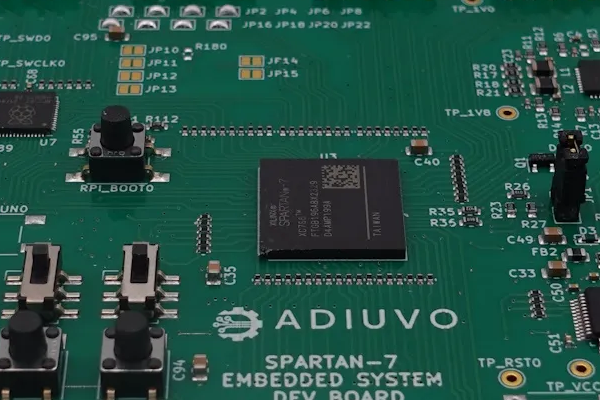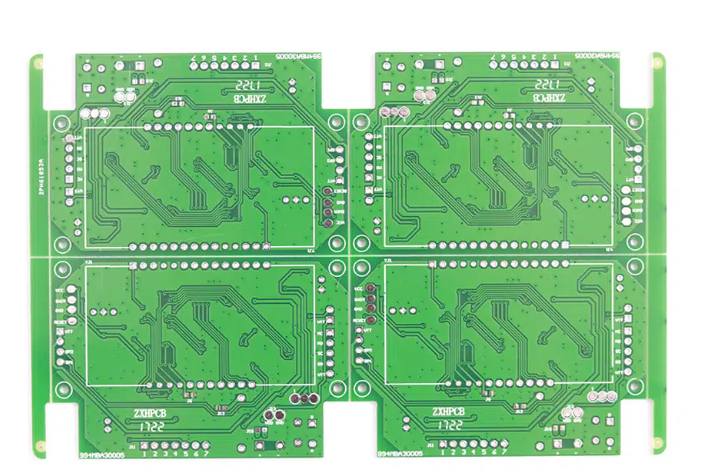If you're diving into the world of vintage electronics repair, you might be wondering what rosin flux is and why it’s so important for soldering old radios, tube amps, and other retro gear. Simply put, rosin flux is a natural, non-corrosive substance that helps clean and prepare metal surfaces during soldering, ensuring strong, reliable connections without damaging delicate components. In this guide, we’ll explore everything you need to know about using rosin flux for vintage electronics, from its benefits to best practices for repairing old electronics like tube amps and radios. Whether you're a hobbyist restoring a 1950s radio or fixing a vintage guitar amp, this post will help you master the art of soldering with rosin flux.
What Is Rosin Flux and Why Use It for Vintage Electronics?
Rosin flux, derived from pine tree resin, is a popular choice among electronic hobbyists for soldering. Unlike more aggressive fluxes that can corrode sensitive components, rosin flux is mild and safe for delicate vintage electronics. When heated, it removes oxidation from metal surfaces, allowing solder to flow smoothly and bond effectively. This is especially crucial when working on old electronics, where components and wiring may have accumulated dirt, tarnish, or oxidation over decades.
For vintage electronics restoration, rosin flux is often the best choice because it minimizes the risk of damage to fragile parts. Many old radios and tube amps use point-to-point wiring or brittle circuit boards that can't withstand harsh chemicals. Rosin flux ensures a clean solder joint without leaving harmful residues that could degrade performance over time.
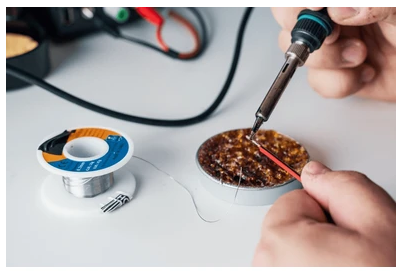
Benefits of Rosin Flux for Repairing Vintage Radios and Tube Amps
Using rosin flux offers several advantages when soldering old electronics. Here are the key benefits tailored to the needs of hobbyists working on vintage gear:
- Non-Corrosive Nature: Rosin flux is safe for long-term use on sensitive components, unlike acid-based fluxes that can eat away at wires and traces over time. This is vital for tube amps, where high voltages can exacerbate corrosion issues.
- Effective Cleaning: It removes oxidation and grime from aged copper wires and terminals, ensuring a strong bond. This is particularly helpful when repairing vintage radios with decades-old connections.
- Easy Cleanup: Residue from rosin flux can be cleaned with isopropyl alcohol and a brush, leaving no harmful leftovers. This helps maintain the integrity of vintage circuit boards or hand-wired chassis.
- Versatility: Available in paste, liquid, and pen forms, rosin flux can be applied precisely, even in tight spaces like the crowded chassis of a tube amp.
These benefits make rosin flux a go-to for anyone focused on vintage electronics restoration, ensuring both functionality and preservation of historical value.
How to Choose the Best Flux for Tube Amps and Old Electronics
Not all fluxes are created equal, and selecting the right one for your project can make a big difference. Here are some tips for choosing the best flux for tube amps and other vintage electronics:
- Opt for Rosin-Based Flux: Look for products labeled as "rosin" or "rosin-activated" (RA). Avoid "no-clean" fluxes for vintage work, as their residues can be harder to remove and may cause issues with high-voltage components like those in tube amps.
- Consider the Form: Liquid rosin flux in a pen or bottle allows for precise application, which is ideal for small, intricate repairs on old radios. Paste flux works well for larger joints or when you need more control over the amount applied.
- Check Compatibility: Ensure the flux is suitable for electronics soldering, typically with a low activity level (like RMA - Rosin Mildly Activated) to prevent damage to vintage components.
- Brand Recommendations: Brands like Kester and MG Chemicals offer reliable rosin flux products. For example, Kester 186 is a popular liquid flux with mild activation, perfect for delicate repairs.
By choosing the right rosin flux, you’ll ensure clean solder joints and protect the integrity of your vintage gear. If you’re unsure, forums like those on Antique Radios or Vintage-Radio.net often have user reviews and recommendations for specific products.
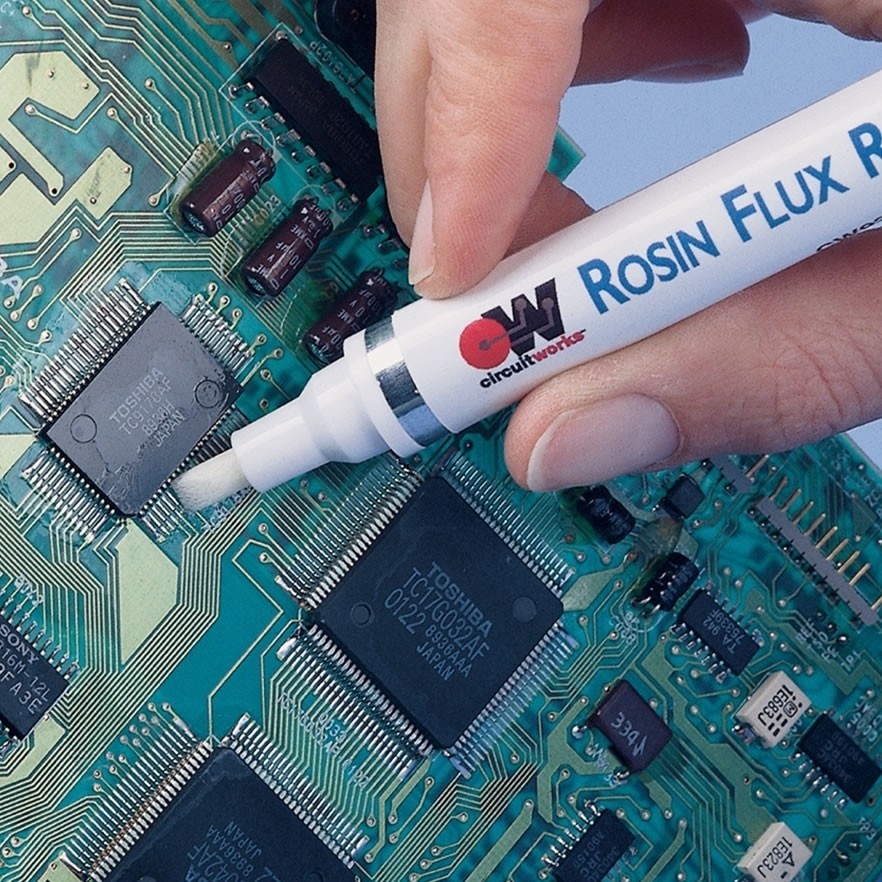
Step-by-Step Guide to Using Rosin Flux for Vintage Electronics Repair
Now that you understand the importance of rosin flux, let’s walk through how to use it effectively when soldering old electronics. Follow these steps for best results:
Step 1: Gather Your Tools
Before starting, ensure you have the following:
- Soldering iron (25-40 watts for vintage work to avoid overheating components)
- Rosin flux (liquid or paste)
- Lead-based solder (60/40 tin-lead is ideal for vintage repairs due to its lower melting point of around 183°C)
- Desoldering braid or pump (for removing old solder)
- Isopropyl alcohol and a small brush (for cleanup)
- Safety gear (gloves, ventilation, or a fume extractor)
Step 2: Prepare the Work Area
Set up in a well-ventilated space, as soldering with rosin flux produces fumes that should not be inhaled. Lay down a heat-resistant mat to protect your workspace, especially when working on tube amps with heavy transformers (often weighing 5-10 pounds in older models).
Step 3: Clean the Components
Use a small wire brush or sandpaper to lightly clean the terminals or wires you’ll be soldering. For vintage radios, you might encounter tarnished copper lugs or oxidized tube socket pins. Cleaning ensures the flux can work effectively.
Step 4: Apply Rosin Flux
Using a flux pen or brush, apply a thin layer of rosin flux to the areas you’ll solder. For tight spaces in tube amps, a flux pen offers precision to avoid excess flux pooling around nearby components. Too much flux can create a mess and require extra cleanup.
Step 5: Solder the Connection
Heat your soldering iron and apply a small amount of solder to the tip to “tin” it. Then, touch the iron to the joint while feeding solder into the connection. The rosin flux will activate, creating a shiny, smooth joint if done correctly. Aim for a quick soldering time (2-3 seconds per joint) to avoid heat damage to vintage components like paper capacitors, which can fail if exposed to temperatures above 100°C for too long.
Step 6: Clean Up Residue
After soldering, use isopropyl alcohol (90% or higher) and a small brush to remove any leftover rosin flux residue. This step is crucial for vintage electronics restoration, as residue can attract dust or cause signal interference over time, especially in high-impedance circuits like those in tube amps (often operating at impedances of 100kΩ or higher).
Step 7: Inspect Your Work
Check the solder joint for a shiny, concave shape, indicating a good bond. If it looks dull or cracked, reapply flux and re-solder. For tube amps, double-check that no stray flux residue remains near high-voltage areas (often 300-500V in vintage designs) to prevent arcing.
Common Mistakes to Avoid When Using Rosin Flux
Even with the right tools, mistakes can happen. Here are some pitfalls to watch out for when repairing vintage radios or tube amps with rosin flux:
- Overheating Components: Vintage electronics often have heat-sensitive parts. Keep soldering time under 3 seconds per joint and use a low-wattage iron to prevent damage. For example, old electrolytic capacitors in radios can leak or explode if overheated.
- Using Too Much Flux: Excess flux can spread to nearby components, making cleanup harder and potentially causing shorts in tight spaces like tube sockets.
- Skipping Cleanup: While rosin flux is non-corrosive, its residue can still attract dirt over time, affecting signal quality in audio circuits. Always clean after soldering.
- Using the Wrong Solder: Avoid lead-free solder for vintage repairs. It requires higher temperatures (around 217°C compared to 183°C for 60/40 solder), which can damage old components.
By avoiding these errors, you’ll ensure a longer lifespan for your restored electronics and maintain their original sound or performance.
Tips for Successful Vintage Electronics Restoration with Rosin Flux
Beyond the basics, here are some additional tips to elevate your repair skills when working on old electronics:
- Test Before Soldering: For tube amps, test tubes and capacitors with a multimeter before soldering. Tubes can fail at voltages as low as 200V if internal elements are worn, and soldering near a bad component can worsen damage.
- Use Proper Ventilation: Rosin flux fumes, while less toxic than other fluxes, can still irritate lungs. Use a fume extractor or work near an open window.
- Document Your Work: Take photos before and after soldering, especially in complex chassis like vintage radios. This helps if you need to troubleshoot signal issues later (e.g., poor reception due to a cold solder joint affecting a 455 kHz IF stage).
- Practice on Scrap: If you’re new to soldering with rosin flux, practice on scrap wire or old PCBs before tackling a prized vintage piece. This builds confidence and technique.
Where to Buy Rosin Flux for Vintage Electronics Repair
Finding quality rosin flux is easy with many online and local options. Here are some reliable sources:
- Online Retailers: Amazon, DigiKey, and Mouser Electronics carry trusted brands like Kester and MG Chemicals. A 2 oz. bottle of Kester 186 liquid flux typically costs around $10-15.
- Local Stores: Hardware stores or electronics shops like RadioShack (if available in your area) often stock rosin flux in small quantities.
- Specialty Vintage Suppliers: Websites like Antique Electronic Supply cater to hobbyists restoring old radios and amps, offering flux alongside vintage components.
Always check product reviews or ask for recommendations in online communities focused on vintage electronics restoration to ensure you’re getting a reliable product.
Conclusion: Mastering Soldering Old Electronics with Rosin Flux
Rosin flux is an indispensable tool for anyone passionate about repairing vintage radios, tube amps, or other old electronics. Its ability to clean and prepare surfaces without damaging delicate components makes it the best flux for tube amps and vintage electronics restoration. By understanding how to choose, apply, and clean up rosin flux, you can achieve professional-quality solder joints that preserve the functionality and value of your retro gear.
Whether you’re a seasoned hobbyist or just starting out, remember to prioritize safety, precision, and patience in your repairs. With the right techniques and tools, like rosin flux, you’ll breathe new life into vintage electronics while maintaining their historical charm.
 ALLPCB
ALLPCB



